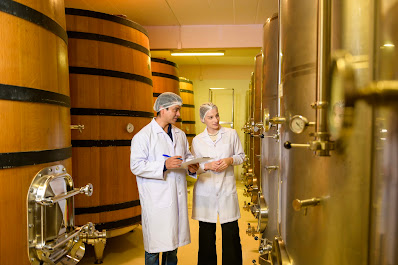Raising the Bar: How Enzyme-Based Fermentation Elevates Alcohol Quality
In the realm of alcohol production, the quality of the final product is influenced by multiple factors — one of the most significant being fermentation. Traditional fermentation methods have long relied on naturally occurring enzymes from yeast, but with advances in biotechnology, the integration of enzyme-based fermentation has revolutionised the process. These tailored enzymatic solutions not only improve efficiency but also enhance the overall sensory and chemical profile of the alcohol.
Enzymes like cellulases, amylases, and proteases break down complex carbohydrates, fibres, and proteins into simpler fermentable sugars, providing yeast with optimal substrates. This ensures a more complete and controlled fermentation, which directly impacts yield and purity. A more efficient breakdown means fewer residual compounds that can negatively affect the taste, aroma, and clarity of the alcohol.
The precision of enzyme formulations also allows producers to adapt to various raw materials — from grains and fruits to molasses and sugarcane. Each substrate comes with its own set of challenges, and enzyme-based fermentation addresses these by maximising sugar release while reducing inhibitors and unwanted by-products.
Moreover, enzymes support sustainability. By increasing conversion rates and reducing waste, enzyme-aided fermentation lowers energy and resource consumption. For distillers and brewers aiming to meet both market demand and environmental responsibilities, this approach presents a strategic advantage.
As the demand for premium alcoholic beverages grows — whether it's in the form of craft beers, fine spirits, or bioethanol — enzyme-based fermentation offers a pathway to consistent quality and innovation. It not only refines the production process but also ensures the end product meets the highest standards of flavour, stability, and consumer satisfaction.
Source - https://www.biolaxienzymes.com/the-impact-of-enzyme-based-fermentation-on-final-alcohol-quality/



Comments
Post a Comment